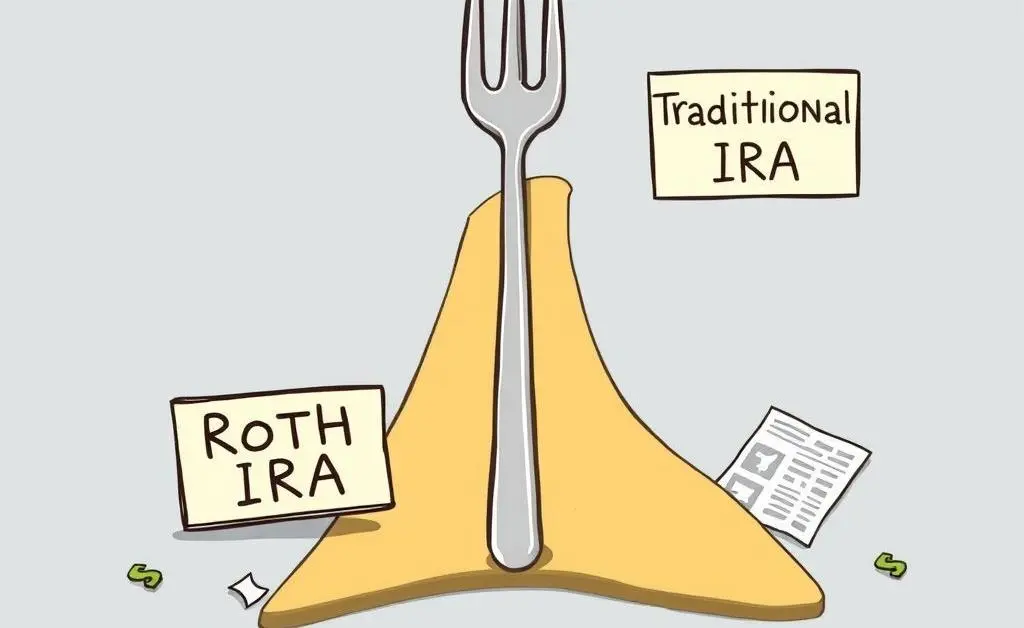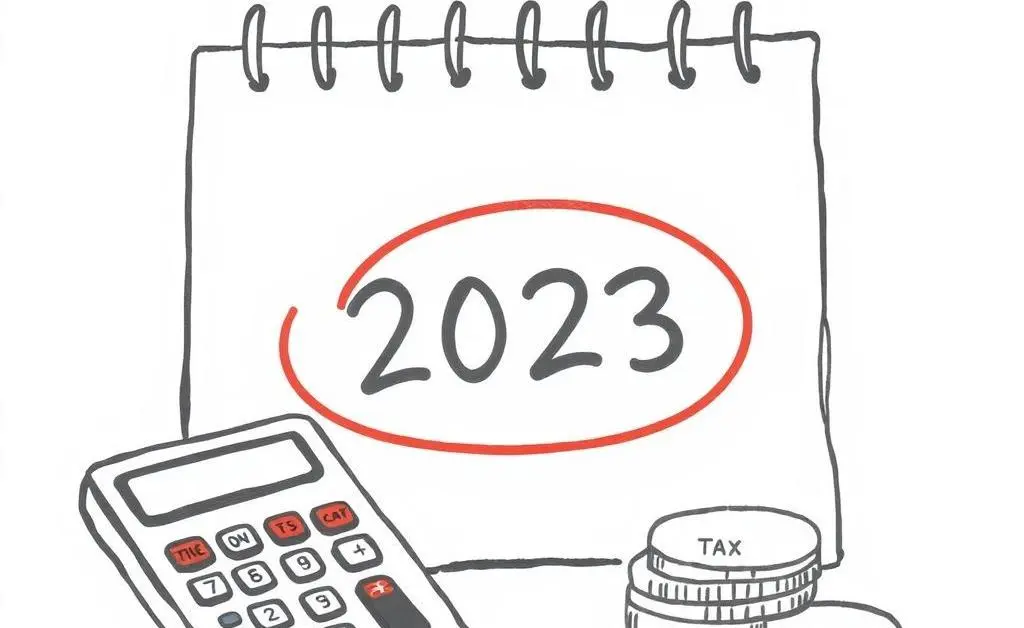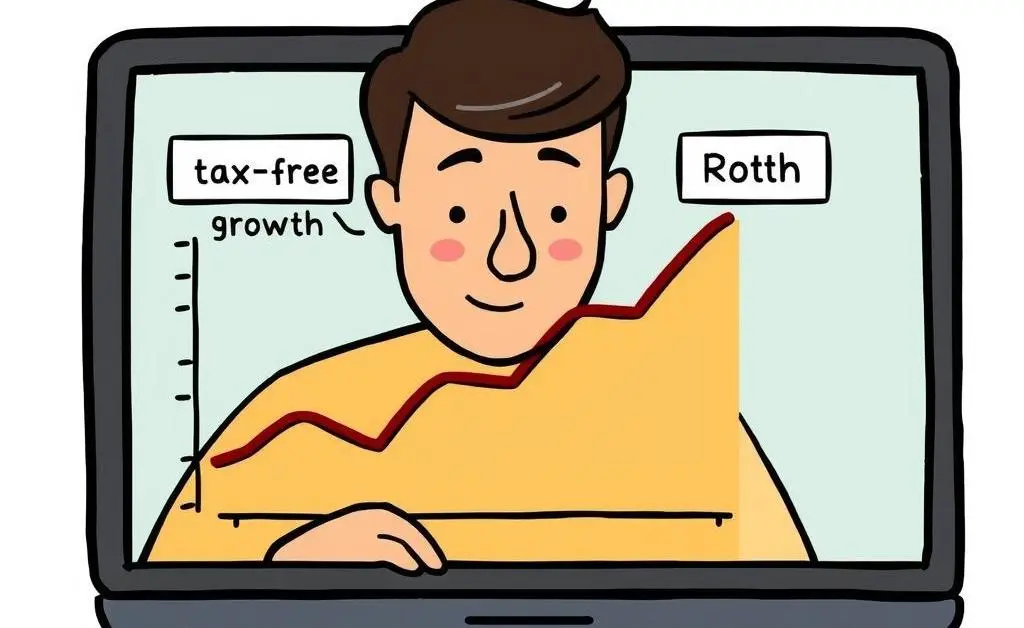Demystifying the Roth IRA: Your Guide to Tax-Free Growth
Understand how Roth IRAs work and why they could be your ticket to tax-free retirement savings.

Understanding the Basics of Roth IRAs
If you've ever pondered over saving for retirement, you've likely encountered the term Roth IRA. As a newcomer to finance jargon, it might seem complex, but let's break it down.
A Roth IRA is a retirement savings account that allows your money to grow tax-free. You pay taxes on the money you contribute upfront, but enjoy tax-free withdrawals in retirement. It's like paying for a chocolate bar now and being able to eat it later without worrying about sharing any bites with tax collectors!
How Does Money Grow in a Roth IRA?
A question that often pops up is whether or not a Roth IRA involves interest. The answer is: it depends on the investments within your Roth IRA. Unlike traditional savings accounts that earn a fixed interest, a Roth IRA is a bit like an adventure that you chart!
- Stocks: You can invest in stocks, whose values can grow significantly over time, adding substantial growth to your account.
- Bonds: For more stability, bonds provide moderate growth with lower risk.
- Mutual funds and ETFs: These combine various stocks and bonds to diversify your investments.

Why Choose a Roth IRA Over a Traditional IRA?
Deciding between a Roth IRA and a Traditional IRA can feel like standing at a fork in the road. Both paths lead to retirement, but they're suited for different financial situations.
Roth IRA: Contributions are made with after-tax dollars. Your future withdrawals, however, are tax-free, making it ideal if you expect to be in a higher tax bracket in retirement.
Traditional IRA: Contributions may be tax-deductible now, lowering your taxable income. However, you'll pay taxes when you withdraw in retirement.

Setting Up Your Roth IRA
Opening a Roth IRA is simpler than you might think. Here's how you can get started:
- Choose a provider: Many banks, credit unions, and financial institutions offer Roth IRAs. Look for one with low fees and a good range of investment options.
- Fund your account: You can set up periodic contributions. The maximum contribution limit for 2023 is $6,500, or $7,500 if you're 50 or older.
- Pick your investments: Decide on the mix of stocks, bonds, or mutual funds that align with your risk tolerance and retirement goals.

Final Thoughts
Investing in a Roth IRA is like planting a tree: The earlier you start, the more time it has to grow. With tax-free growth and withdrawals, it's a solid option to add to your retirement toolkit.
Are you considering a Roth IRA for your retirement plan? Share your thoughts and any questions below!




